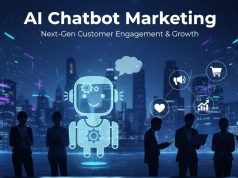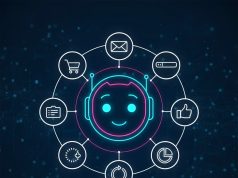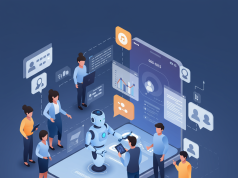In today’s competitive digital landscape, simply deploying a chatbot isn’t enough. To truly unlock value, marketers must harness data at every step of the customer journey. This comprehensive guide reveals ten actionable tactics—grounded in analytics and AI—that will help you measure, optimize, and skyrocket your chatbot marketing return on investment in 2025.
Define Clear KPIs & Objectives
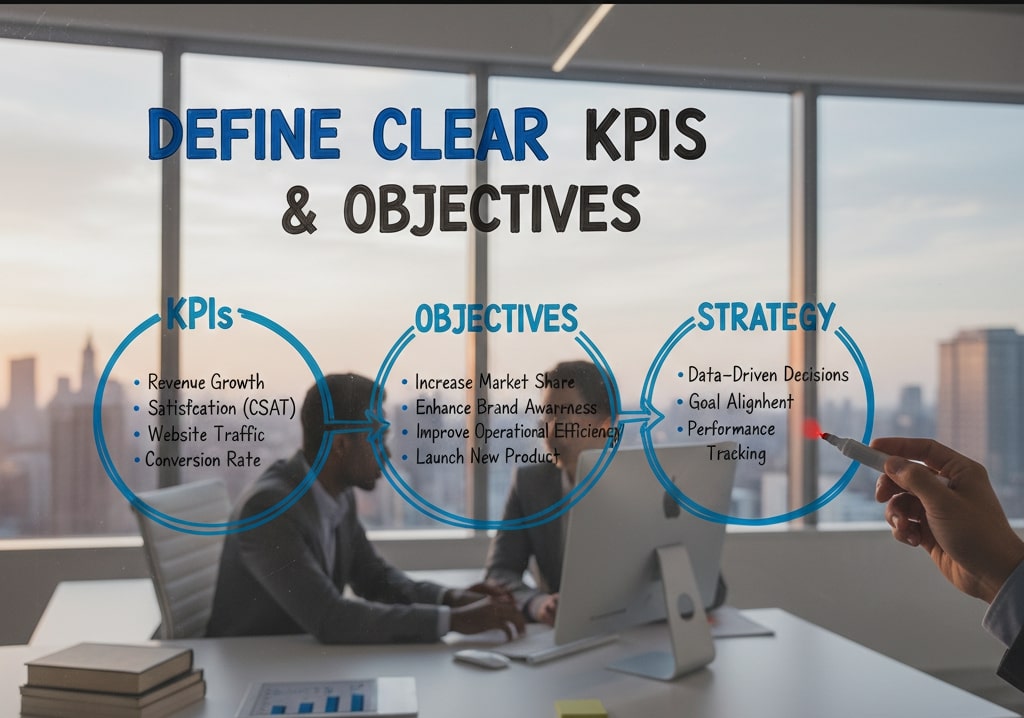
Before you launch or refine your chatbot, establish precise key performance indicators (KPIs). Common metrics include conversation completion rate, lead conversion rate, average order value, and cost per acquisition. Align these KPIs with overarching business goals—whether that’s increasing sales revenue, reducing support costs, or improving customer satisfaction scores. Having clear targets ensures all subsequent data analysis drives toward meaningful outcomes.
Leverage AI-Powered Analytics Tools
Not all chat analytics are created equal. Invest in platforms that provide real-time user behavior tracking, sentiment analysis, and conversational path mapping. These AI-driven dashboards surface patterns—like drop-off points or high-engagement queries—allowing you to prioritize script adjustments and feature enhancements. The deeper your insights, the faster you can iterate for maximum ROI impact.
Conduct A/B Tests on Chatbot Scripts & Flows
Just as marketers A/B test email subject lines or landing pages, you should experiment with chatbot greetings, response styles, and call-to-action (CTA) phrasing. Split incoming traffic into test groups and compare metrics such as click-through rate, form submission rate, and dwell time. Over time, these incremental gains compound, driving substantially higher conversions and lower acquisition costs.
Segment Your Audience for Personalized Interactions
Data segmentation—by demographics, purchase history, browsing behavior, or referral source—enables hyper-personalized chat journeys. For example, returning customers might receive loyalty reward prompts, while new visitors get product tutorials. Personalized outreach not only boosts user engagement but also increases average order values and repeat purchase rates.
Implement Dynamic Content & Product Recommendations
Integrate your chatbot with your product catalog or CMS, and use AI recommendation engines to serve dynamic content. Leverage past purchase data and browsing patterns to suggest relevant items or upsell complementary products. Brands that embed personalized product carousels in chat see up to 30% higher order values compared to static experiences.
Integrate with CRM & Marketing Automation Platforms
When your chatbot feeds lead and interaction data directly into your CRM, you eliminate silos and accelerate follow-up. Set up automated email or SMS sequences triggered by specific chat events—like cart abandonment or high-interest queries. This seamless handoff ensures prospects receive timely, relevant messaging that nudges them further down the funnel.
Optimize Multi-Channel Chatbot Flows
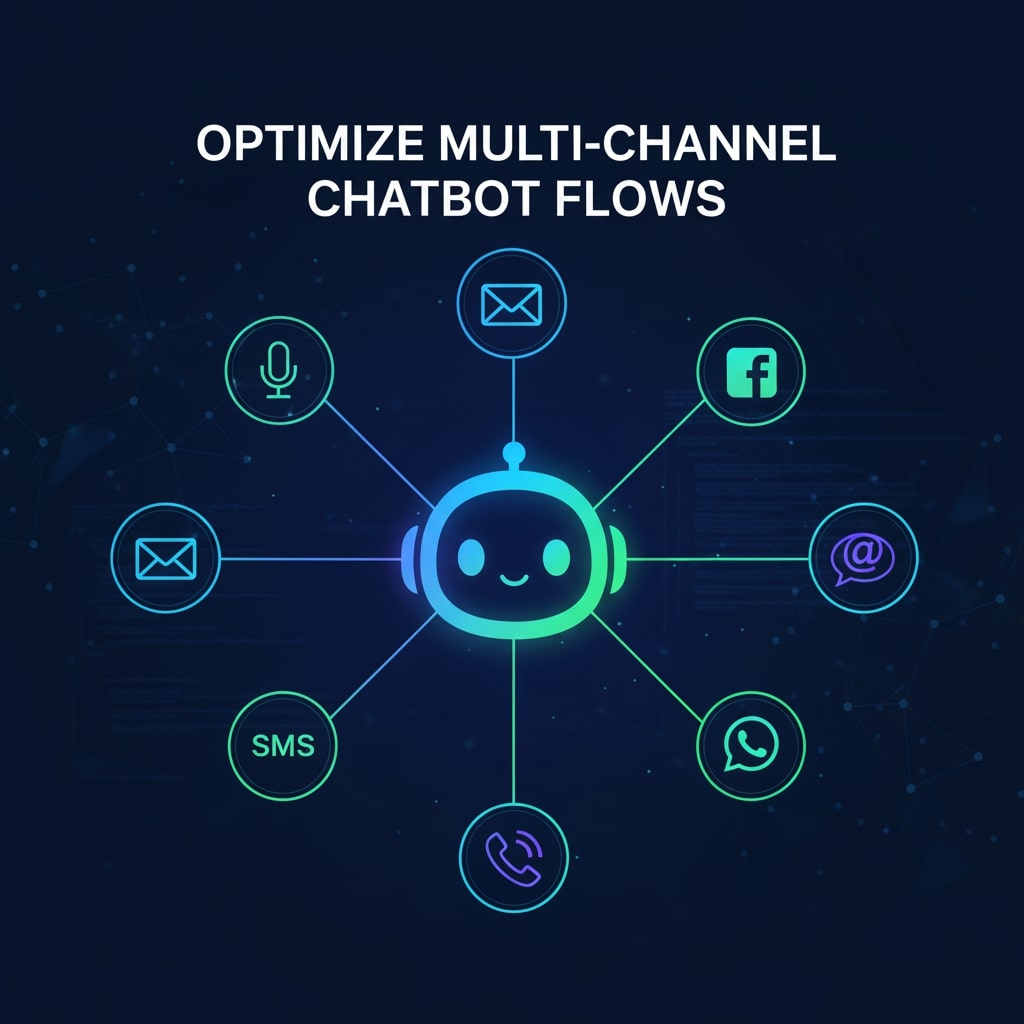
Consumers engage with brands across the web, mobile apps, social media, and messaging platforms. Ensure your chatbot is consistently available and context-aware on each channel. By unifying session data, you can pick up conversations where users left off—reducing friction and increasing the likelihood of conversion regardless of entry point.
Use Predictive Analytics for Upselling & Cross-Selling
Predictive models can identify which customers are most likely to purchase add-ons or premium packages. Train your AI to surface upsell recommendations at optimal moments—such as upon checkout or after a positive product inquiry. This intelligent timing reduces friction and maximizes incremental revenue per customer.
Monitor & Reduce Drop-Off Rates
Analyze where users exit the chat flow. Common culprits include overly complex menus, lengthy forms, or ambiguous prompts. Implement quick-reply buttons, simplify data collection steps, and offer a live-agent handoff for complex queries. Lowering drop-off rates by even 5% can translate into thousands of dollars in recovered sales and reduced support costs.
Establish Continuous Training & Feedback Loops
The most effective chatbots continually learn from real interactions. Set up regular reviews of chat transcripts—filtering for misunderstood intents or dissatisfied replies—and retrain your natural language processing models. Additionally, solicit user feedback at the end of each conversation. These insights ensure your AI evolves alongside customer expectations and market trends.
Conclusion
By applying these ten data-driven tactics, you’ll transform your chatbot from a novelty into a powerful revenue engine. Clear KPIs, AI analytics, targeted A/B tests, personalization, seamless integrations, and continuous optimization form the foundation of a high-ROI strategy. Embrace these best practices in 2025 to stay ahead of the curve—boosting conversions, delighting customers, and maximizing your marketing investment.
Ready to unlock the full potential of AI chatbot marketing? Start implementing these tactics today, and watch your ROI soar throughout the year ahead.


